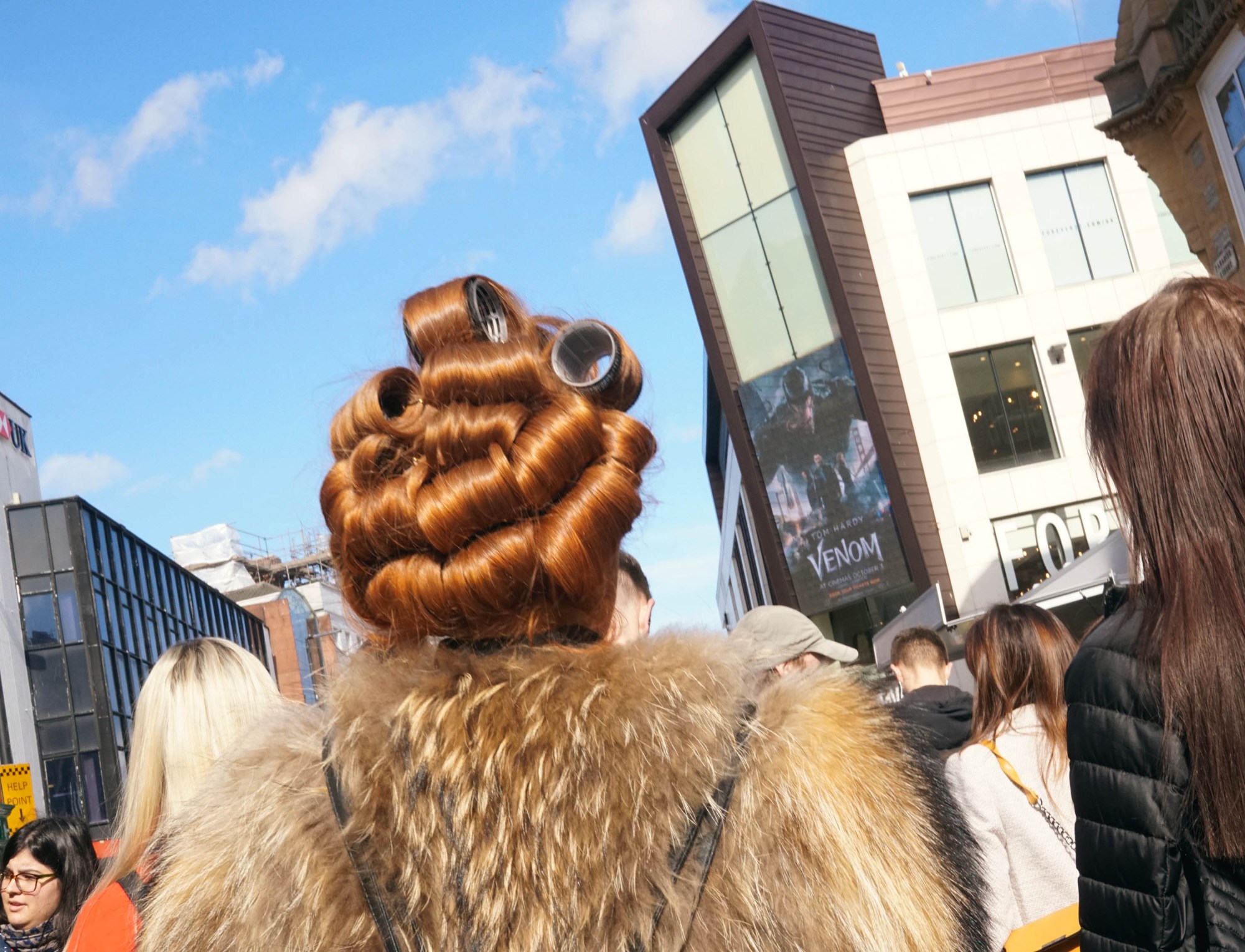Over the course of 2019, Jermaine Francis travelled up to Liverpool, spending his Saturday afternoons documenting a little known – at least outside of the area surrounding the north western British city – beauty culture: women going about their daily business with rollers in their hair. It’s a very common sight in the city, though. It is part process – getting ready for a night out – and part performance, as the women bustle through the town. To put the images he’s created (in collaboration with Paul Owen, an academic at Liverpool John Moores University, who accompanied him while shooting) into context, here Liverpool-born curator Louise Shannon and Magda Keaney of the National Portrait Gallery discuss Jermaine’s new body of work…
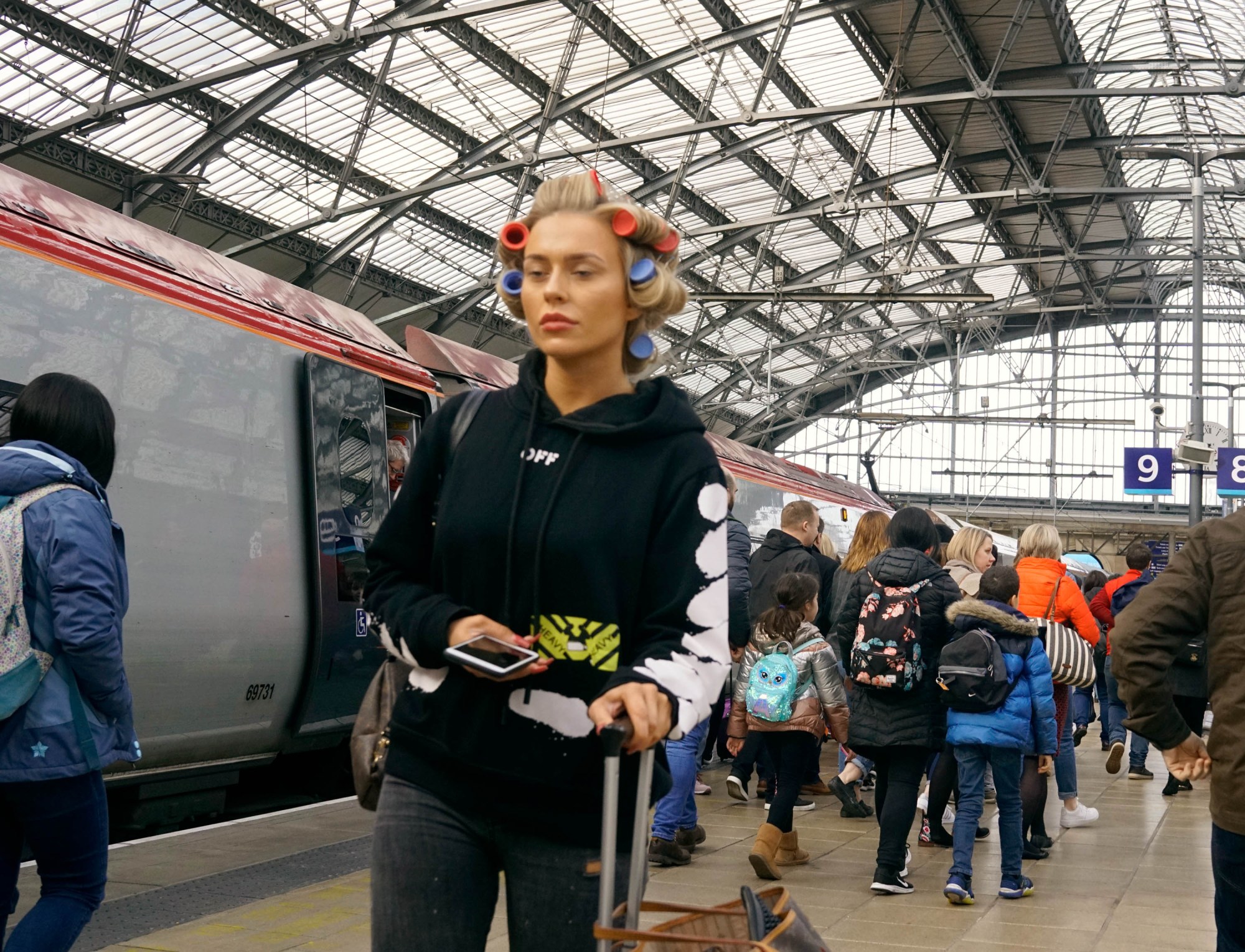
Louise Shannon: Looking at Jermaine’s images of women with rollers in their hair on the street in Liverpool, I feel a strong sense of admiration. I love the total dedication to the idea that they will look as good as possible later on that night, and they don’t care if you see that process. I’m in awe of the care and attention that’s put towards going out – the tan, brows, lashes, make-up, hair – and the lack of self-consciousness involved in presenting yourself in rollers. My perception of this amazing culture is also really of women in Liverpool being prepared to take up space on their own terms. They are busy and they can’t be cooped up inside.
Magda Keaney: The other thing I notice is the collective nature of it. If one person wore rollers out it would seem strange, but obviously it is actually widespread in Liverpool. So that makes me think about looking: how do people in Liverpool notice or look at women passing them by on a Saturday afternoon with rollers in their hair?
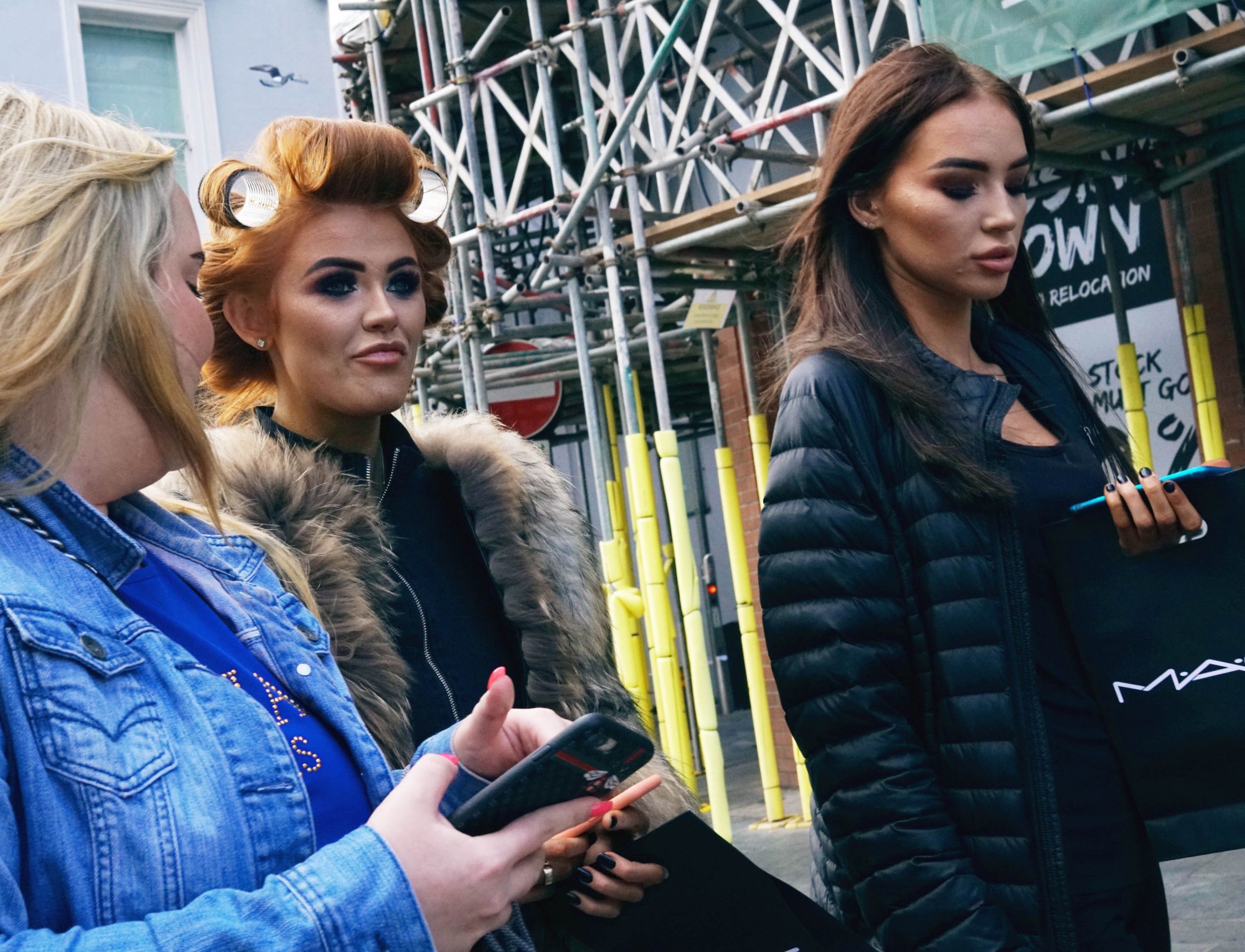
There are some women who wouldn’t dream of going out like this; others wouldn’t give it a second thought. But it goes almost without notice. Perhaps it is a true expression of really not caring what people think of you because you’ll look like a pop star in six hours’ time.
Do you think there is a conscious awareness of this happening as a thing? Is it performative or practical?
There are some women who have clocked Jermaine taking photographs. There’s a little smile, a knowing look, a sense of pride at being papped, maybe? Jermaine mentioned how none of the women who did notice him and the camera asked him where the images would end up. I think there is a sense that this originated in Liverpool, certainly as a contemporary beauty culture. Jermaine even noted when he started to notice these rollers appearing outside of Liverpool, he quickly recognised the Scouse accent that accompanied them.
Some women are in full make-up and others more barefaced in the images, though, and I wonder if that suggests why you might go out with your rollers might depend on who you are? A practicality for some; for others, a performance? Sticking with the idea of looking, how do you think these women would react to seeing their images in a fashion magazine?
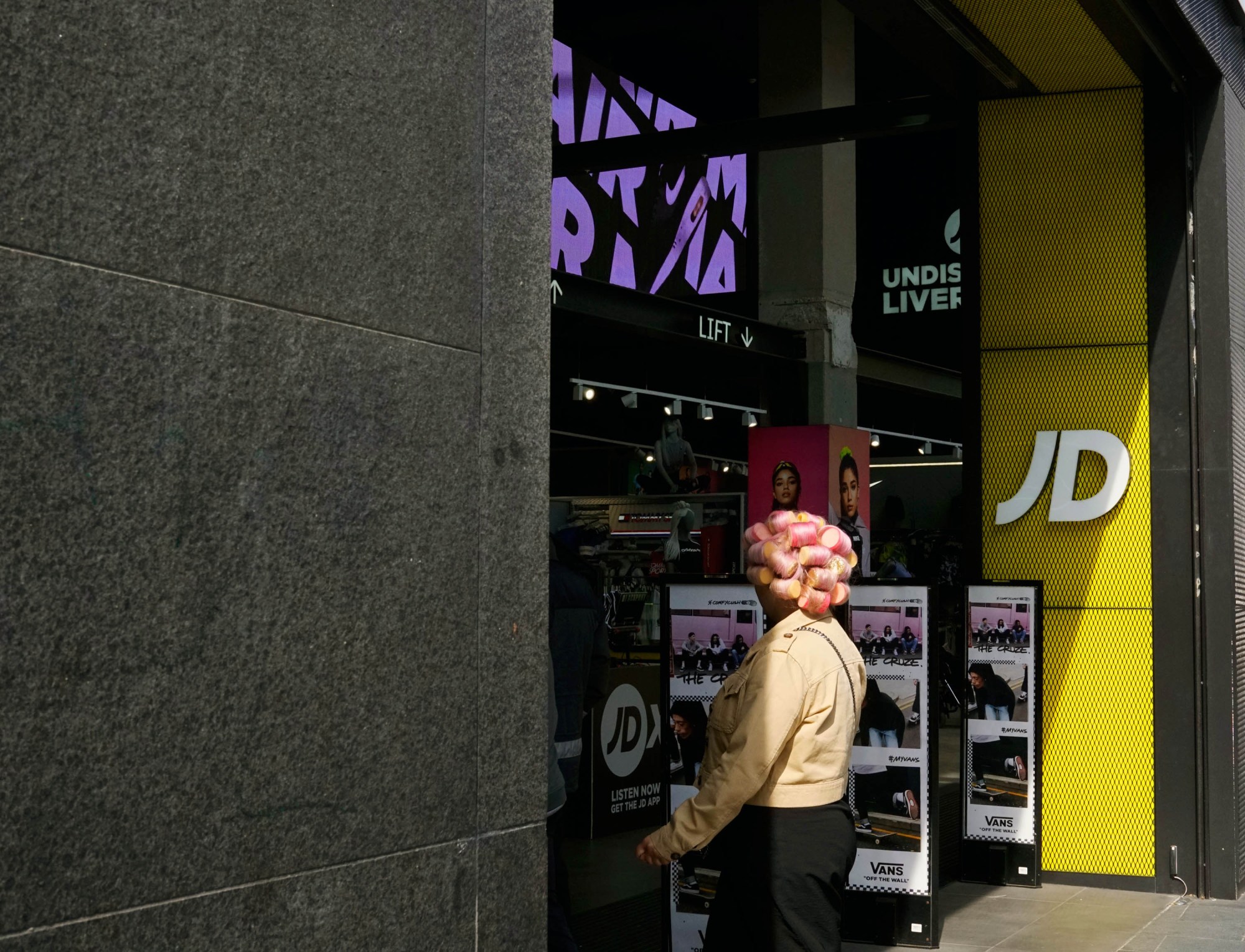
The power is in these women choosing to present themselves on the street like this – does that agency still exist when they are published in a magazine? Jermaine describes this work as a love letter to Liverpool, a portrait of a dedication to glamour, but it can appear differently. On the street, it’s on the individual’s terms, it’s their environment. When it’s published, that context shifts, the gaze refocuses. So the context is important. The women may be totally perplexed at the interest in showing the process. Why not capture them later, in town, at the height of their glamour?
This is really interesting and makes me think about Diane Arbus who famously photographed a trans person in curlers in the 60s. It’s not taken in public; the sitter is certainly aware the image is being made. We don’t actually see anything of the sitter’s home environment. I think the idea of the process of transformation is what the rollers signify, but there is a tension between masculine and feminine that isn’t particularly tender or empathetic in Diane’s viewpoint.
Then I’m thinking of the school of post-war photo-journalist photographers in England who went to the North and made images about poverty in industrial cities in the 60s and 70s. These guys (and they were generally men) were seeking out subjects that offered a particular aesthetic and often presented them in a way that fitted the narrative. That’s a big difference. Women in rollers became a type. There is also a fashion context and that’s important because I would say that it is in fashion that you’d find the most sustained presentation of images of women in relation to the city that isn’t about reality but is about celebrating style.
Jermaine told me that he shot for several months each Saturday, so he became a bit of a fixture. He expected people to approach him about taking photographs but no one ever did. I like thinking about how women inhabit cities. Outside of the fashion context, there aren’t that many photographic projects I can think of responding to women in the city.
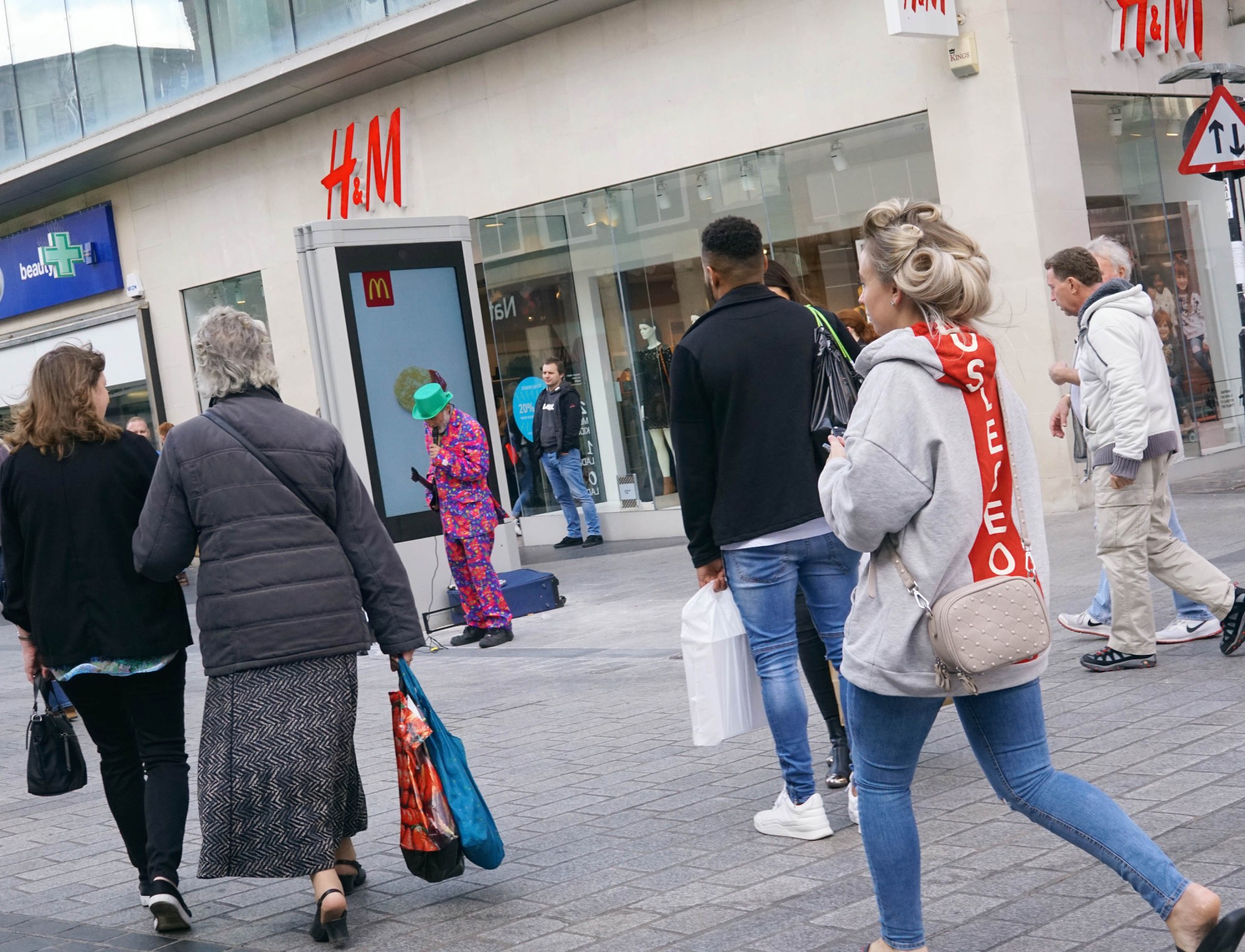
It’s present everywhere in Liverpool, it’s seen everywhere in the city, and the smaller towns through the north west, too. I must admit that I had a moment of hesitancy before I saw the images, and before I spoke to Jermaine about the project. The legacy of shaming women, especially working-class women, is something that has existed and continues. I’m proud to have been born in Liverpool and to be bringing my children up here. The shaming of women in Liverpool, working class or otherwise, is almost seen as a sport. The Grand National seems to attract more attention for the men and women who fall at the first hurdle, drunk by noon. The sport taken in this is cruel at best.
The allusion to horse racing is a great one – of course both an elite and a working class folly and also because of the event of Ladies Day at Aintree where you see the end product. Everyone dressed to the nines, their hair done, looking glamorous, and the other messier side of that for some. As you say there is plenty of bad press around that which has contributed to a negative stereotype.
Thinking along these lines makes me think of photographs of Oxbridge university students by the British society photographer Dafydd Jones, where the rich essentially enact the same behaviour; dressing up for the party, drinking too much, passing out, your mates have pulled your trousers down, but it’s all a lark. The ‘elite’ don’t seem to answer for ‘bad behaviour’ in the same way. Jones’ images were made in Thatcher’s Britain and he has described them as documenting the ‘last hurrah of the upper classes’.
I love that in Jermaine’s images we are reminded that women in Liverpool are still having fun. To end, I wanted to ask what the work might say about being a woman in Liverpool today?
I can’t speak for all the women of Liverpool, but for the women who surround me and my family it would be that pride in appearance is both paramount and seemingly a paradox – the state of being ‘undone’ on the way to the height of glamour and beauty. It’s perhaps a sense of belonging, a part of an identity that is both as funny as it is uncompromising. It is an interest in fashion but also in beauty. I think there is an old-school sense of pride in appearance here. I notice it from sports casual to how some children are dressed in their Sunday best every day. Like Jermaine has said to me, he hopes that in the context of this magazine these women become stars in their own right and that their representation is celebrated as unapologetic, real and normal.
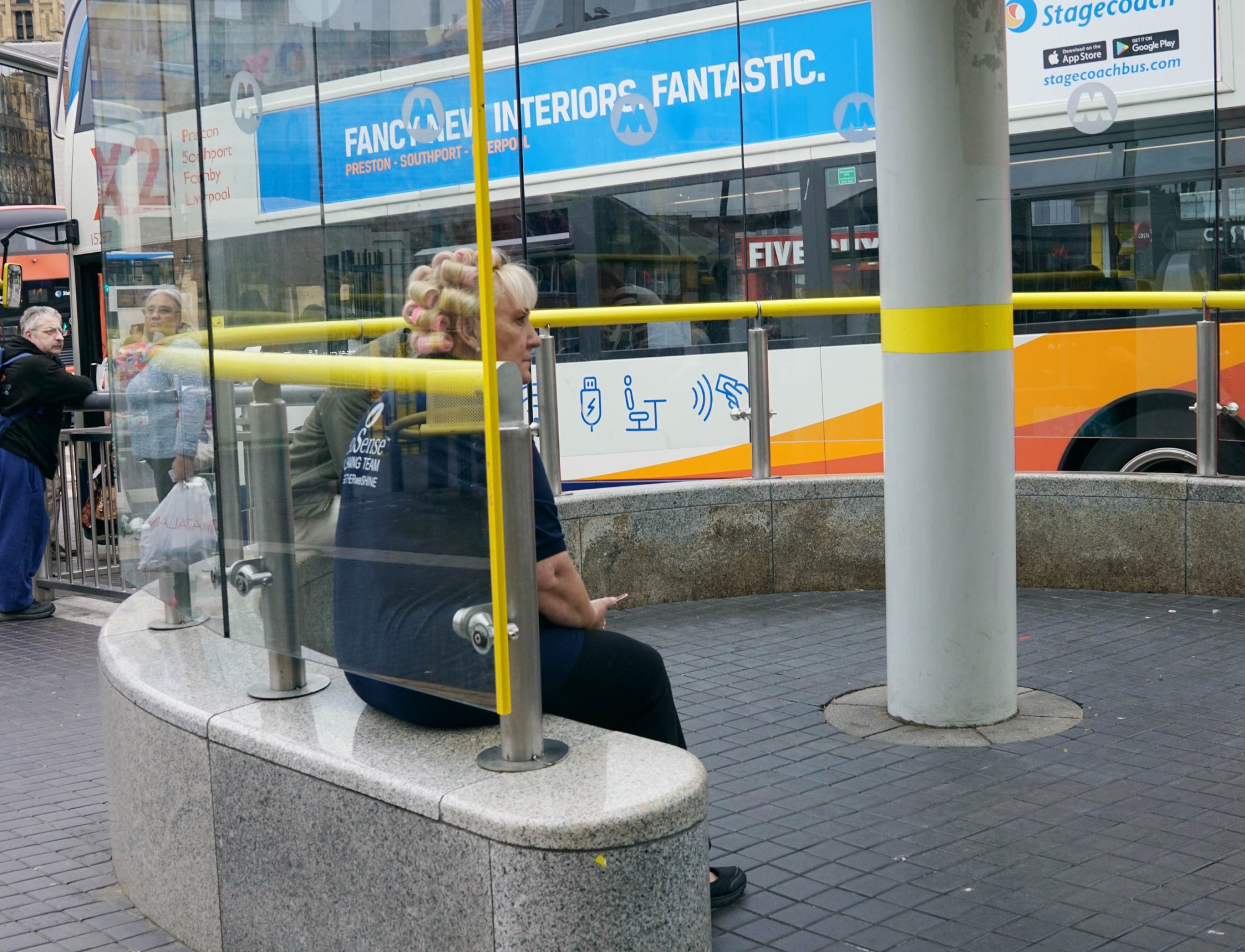
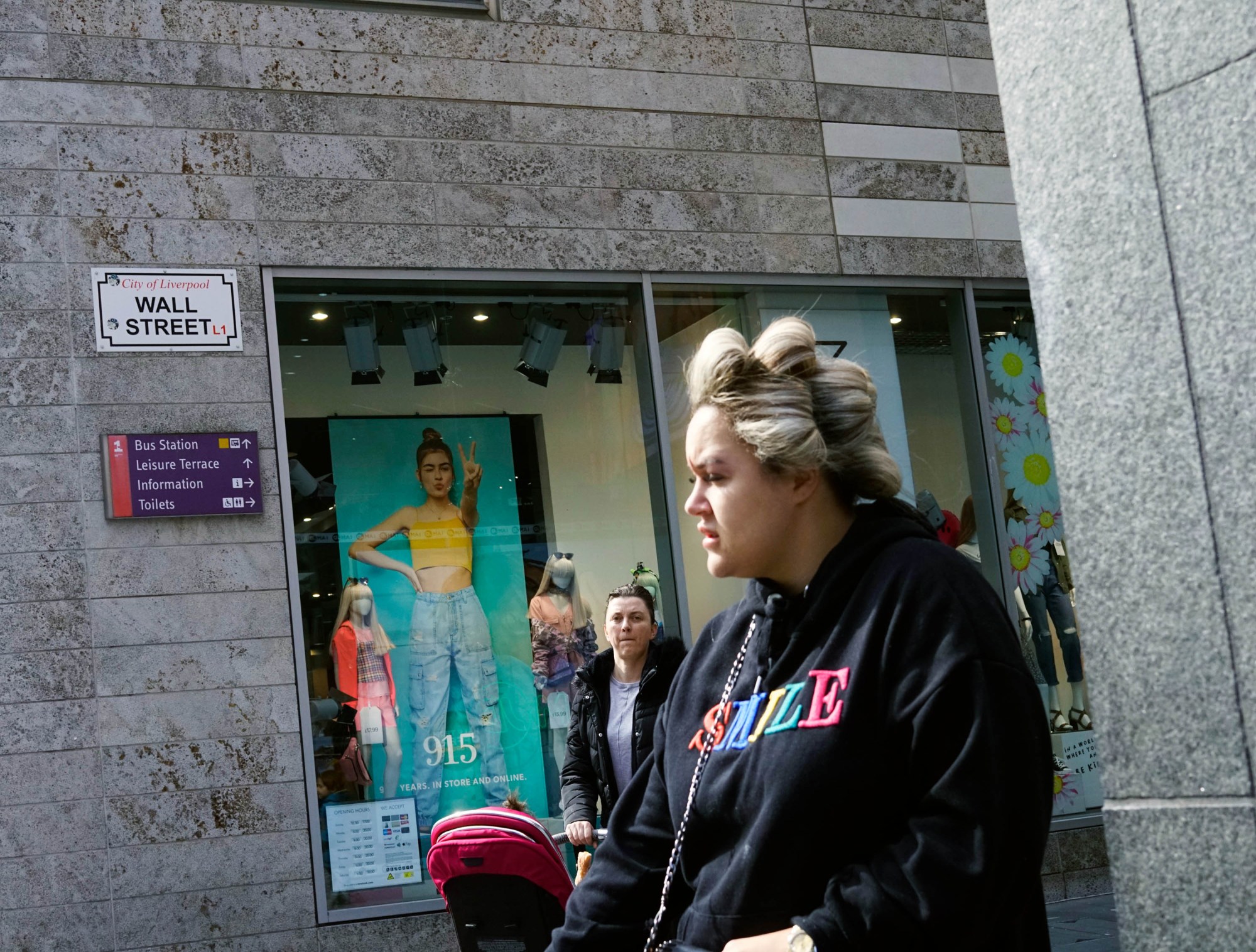
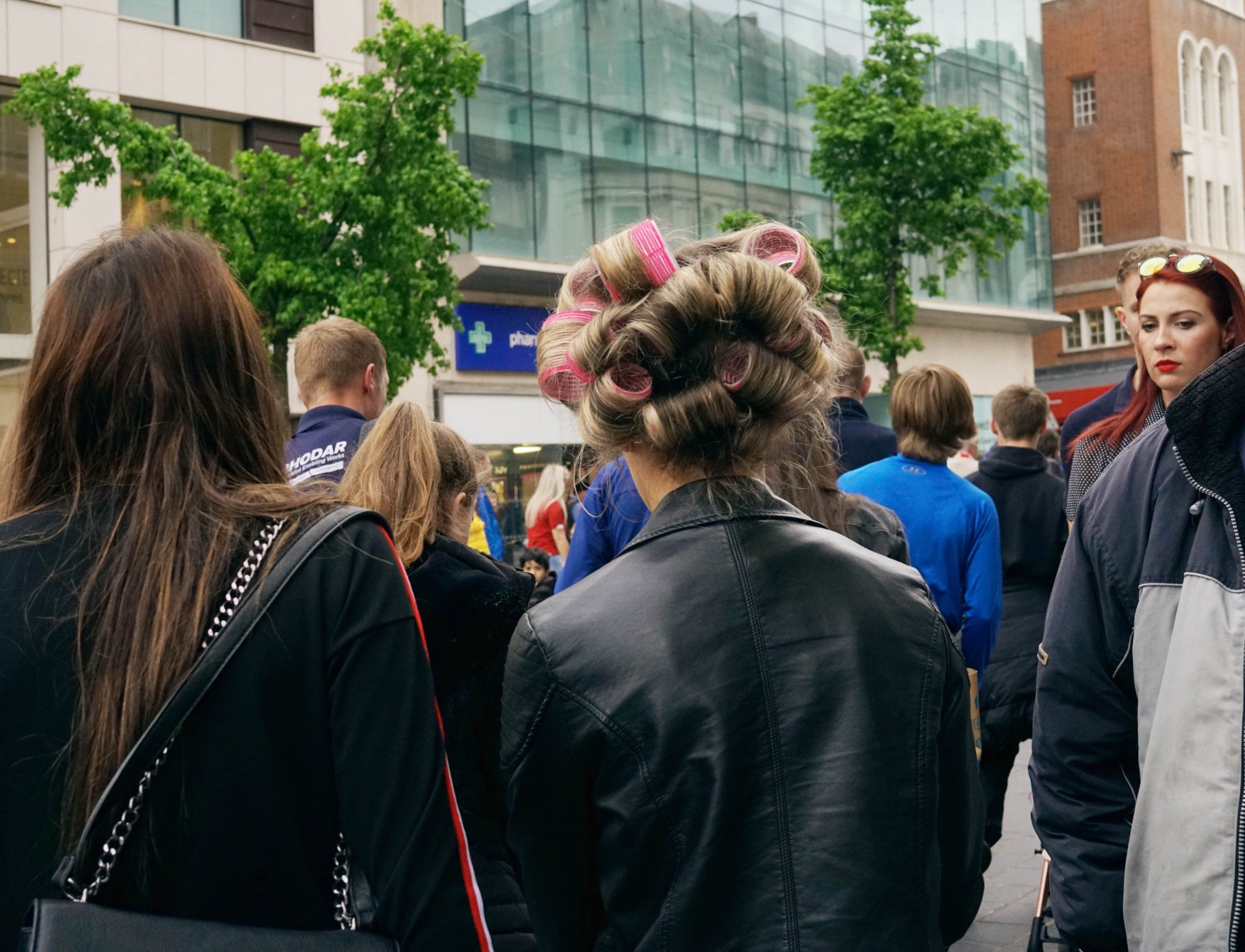
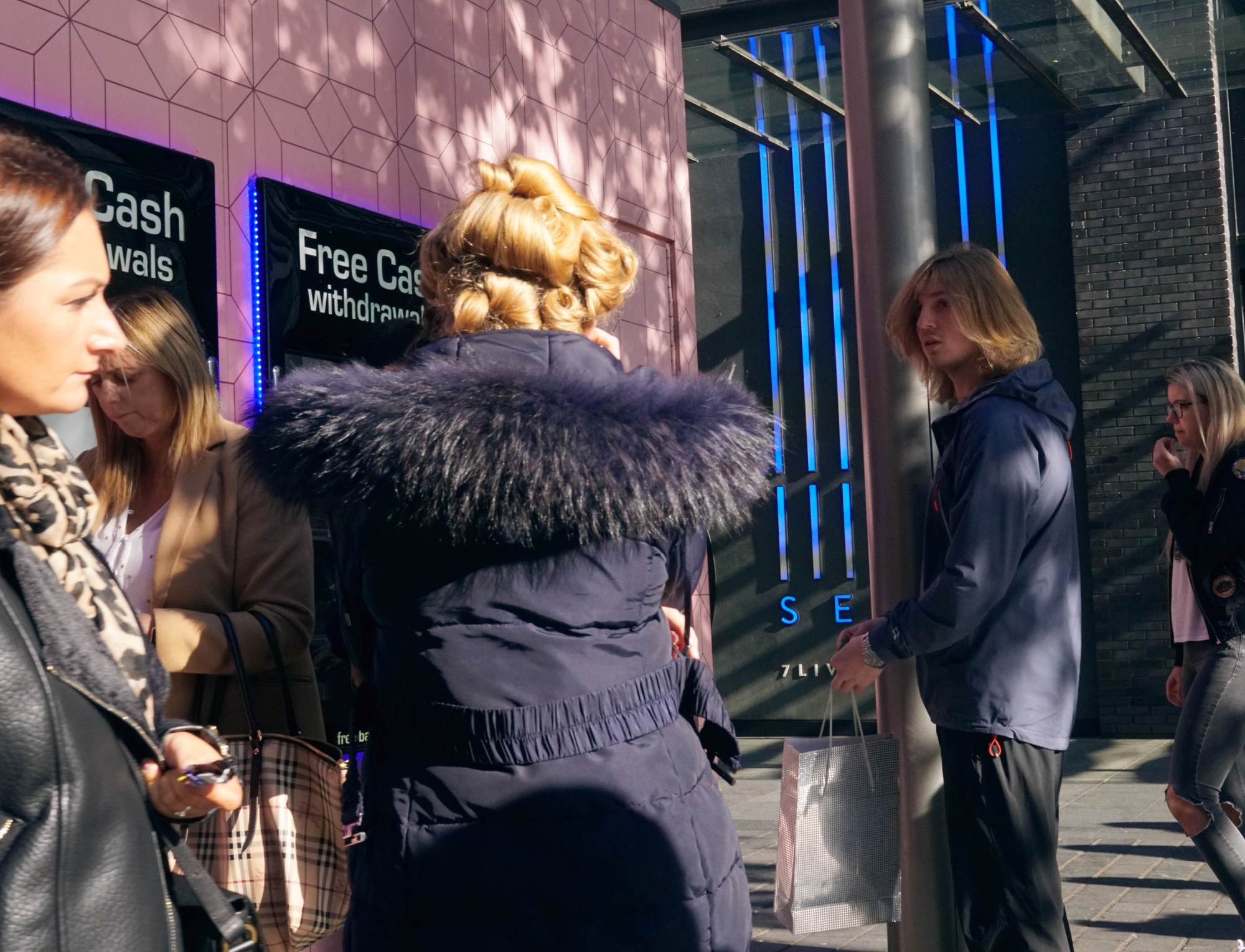
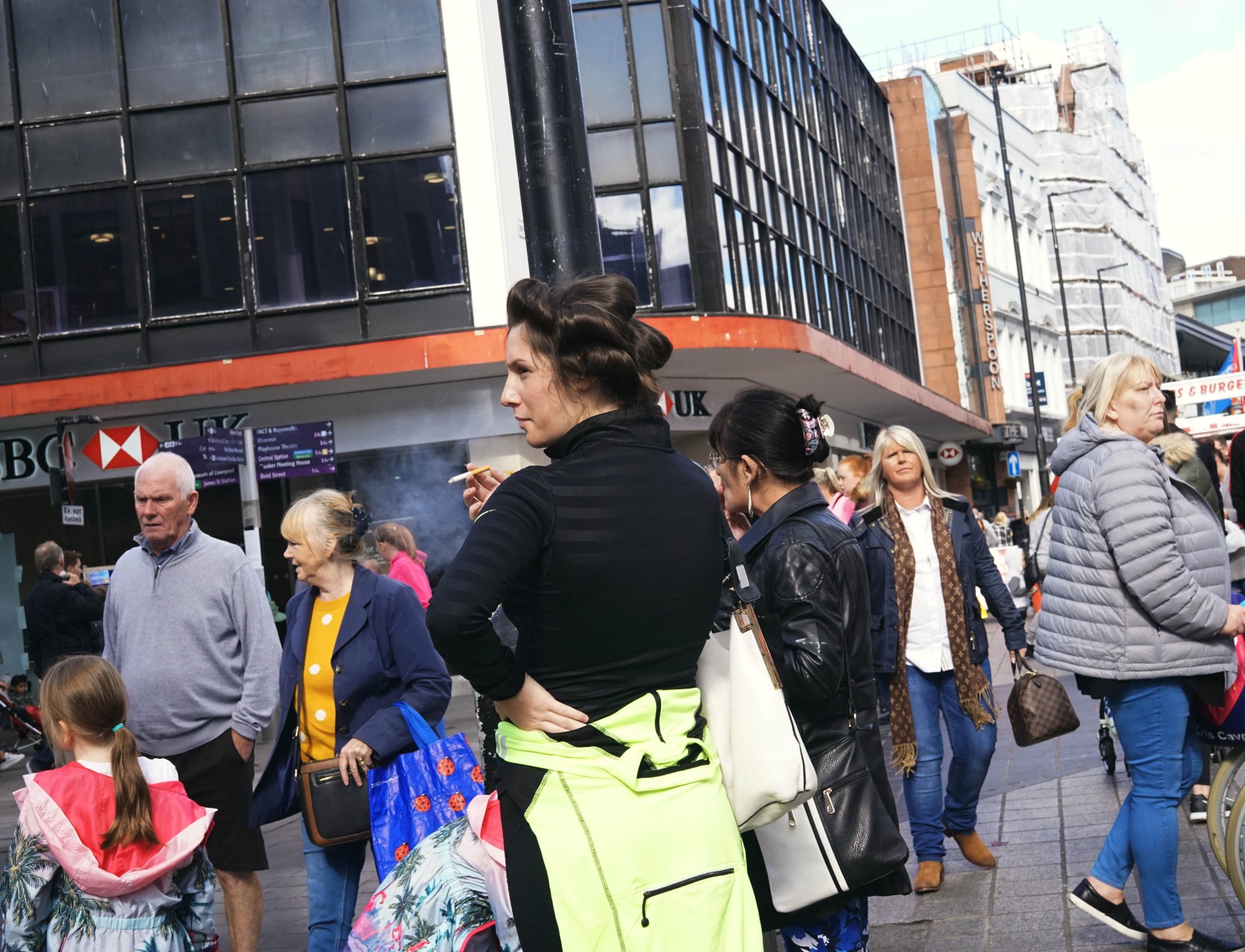
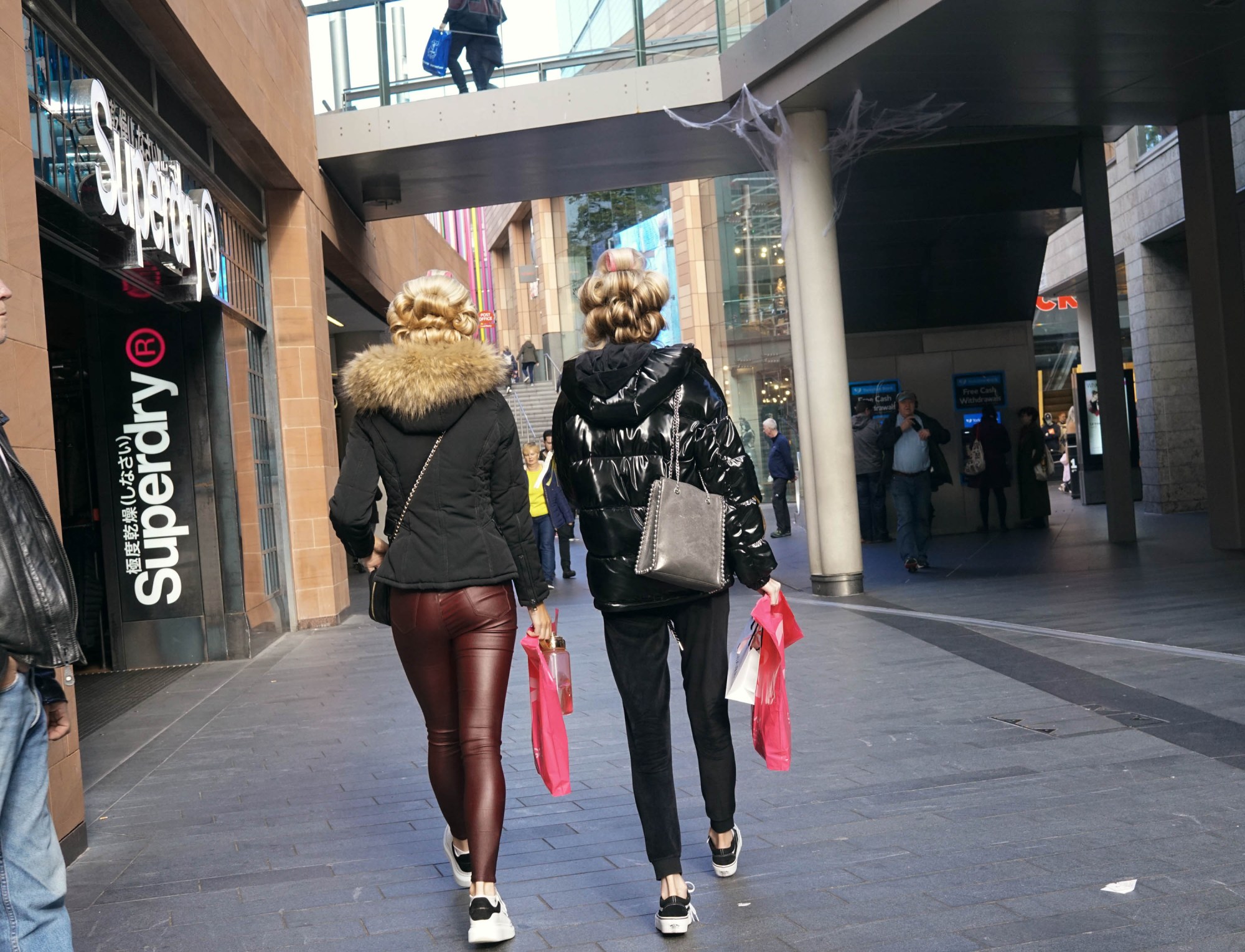
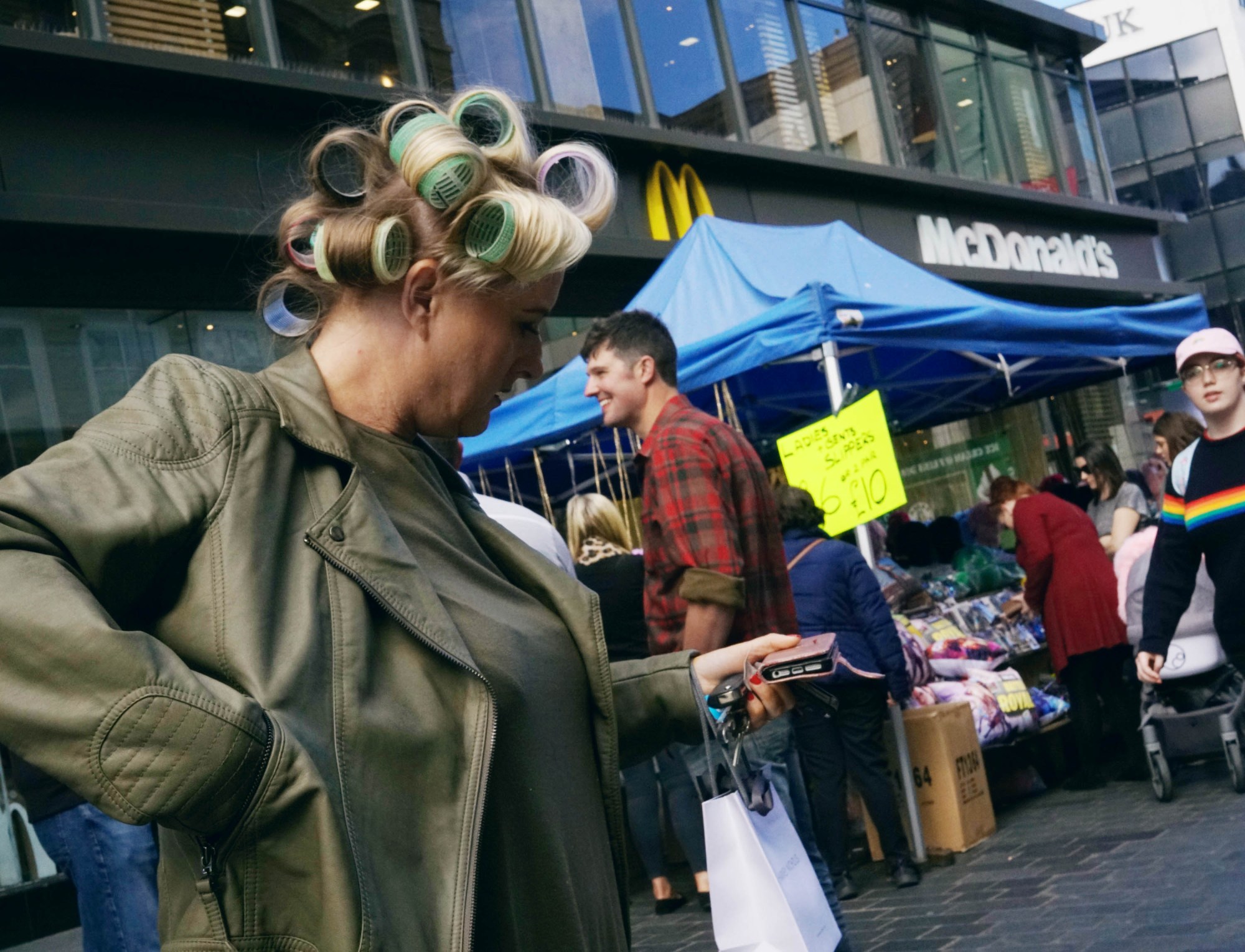
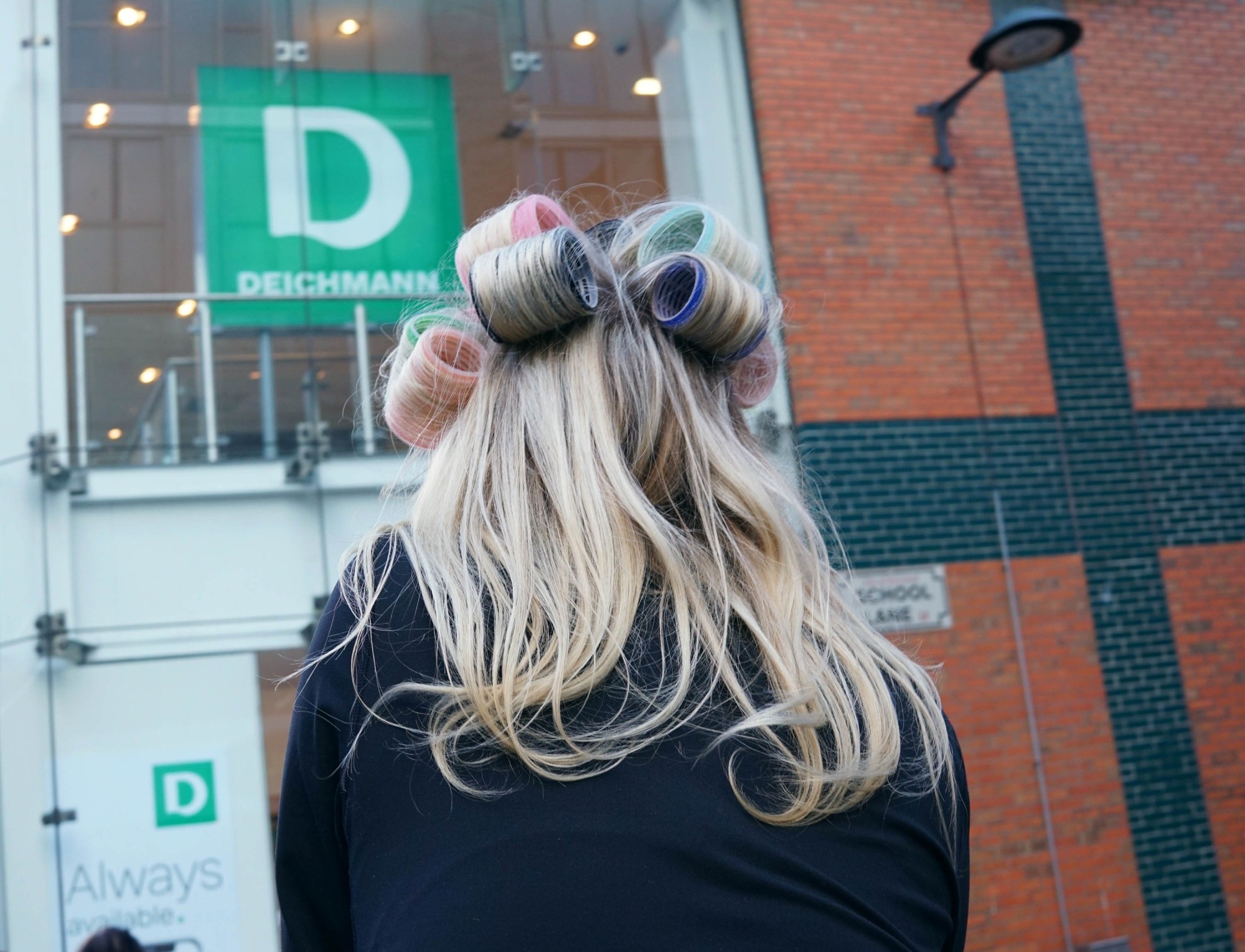
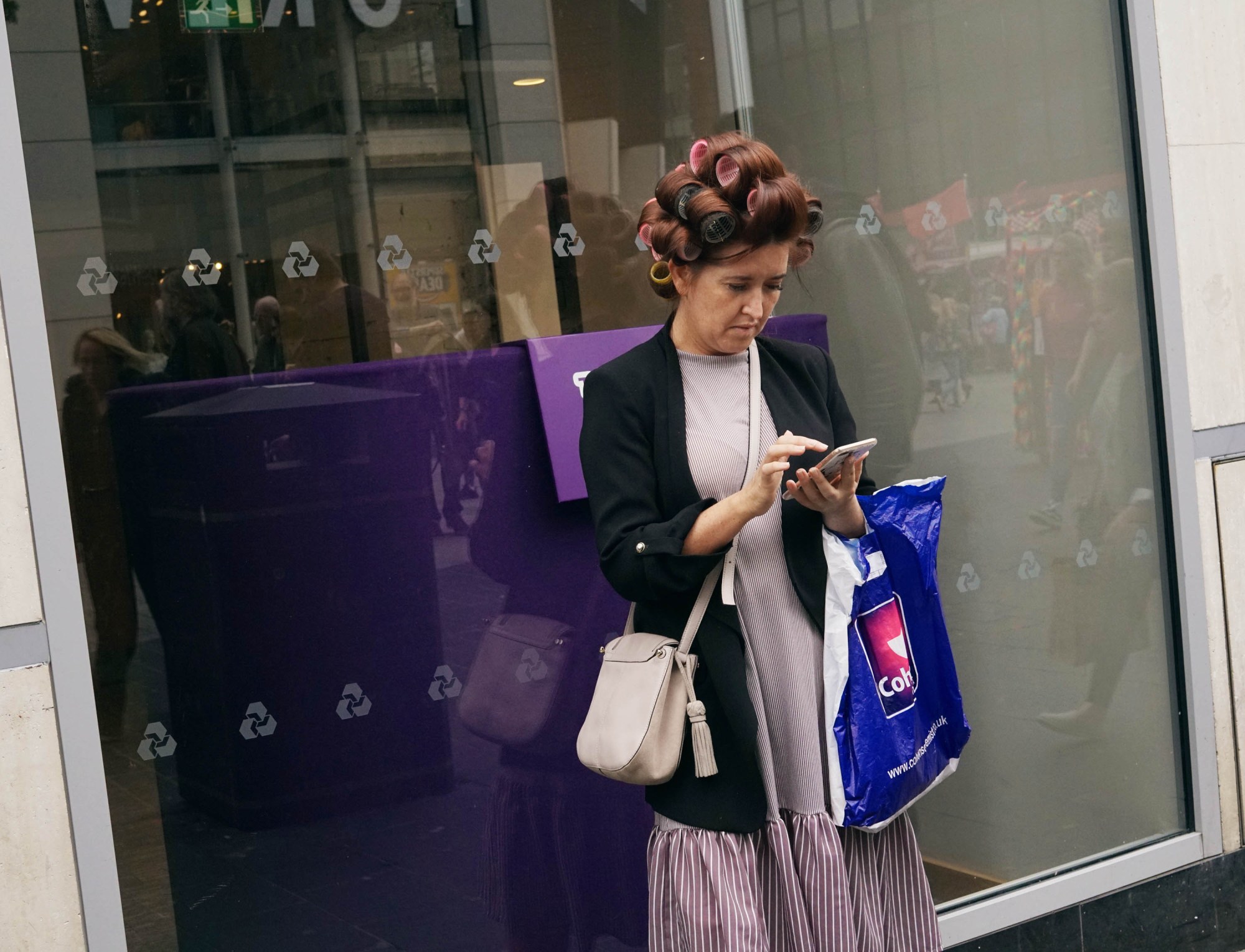
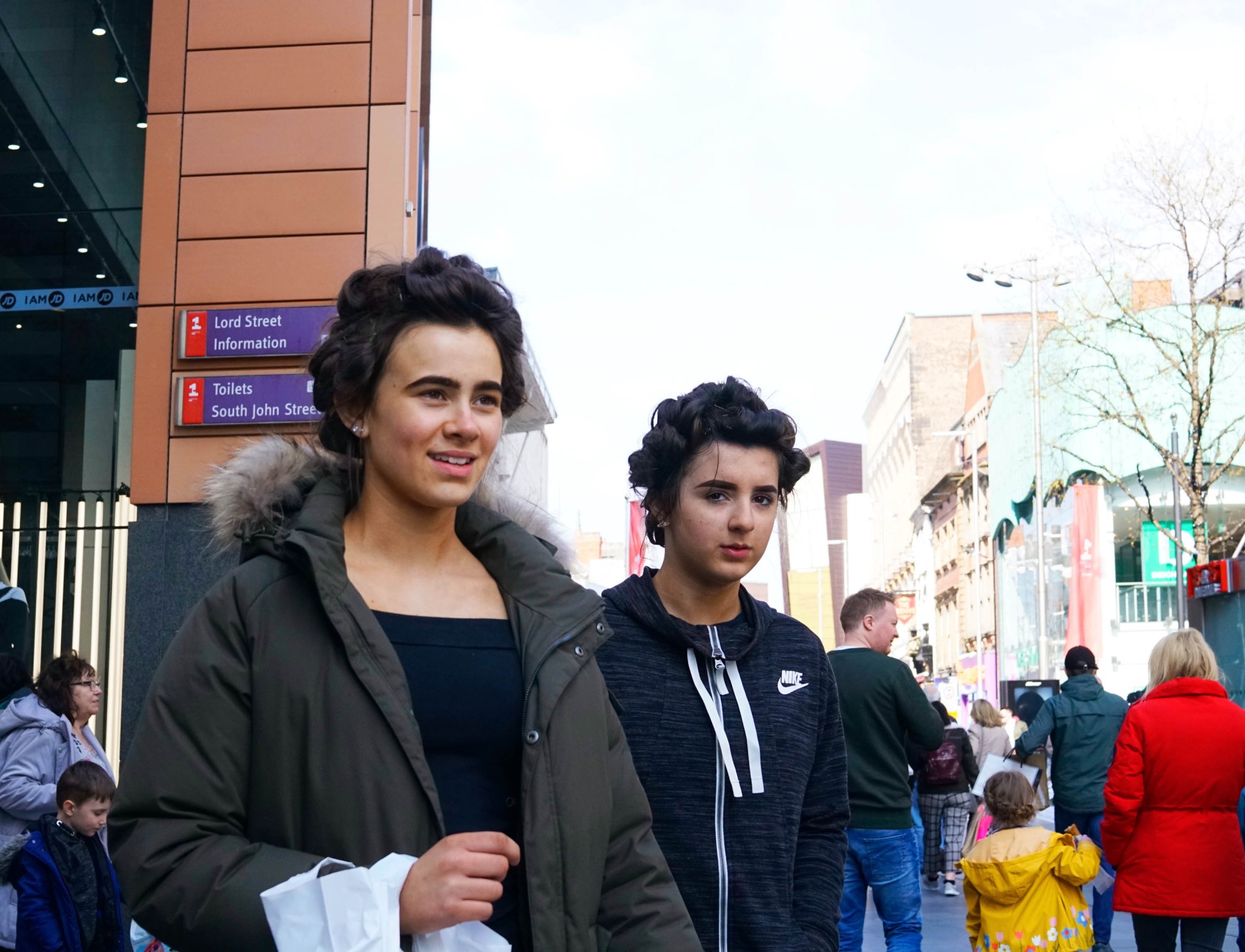
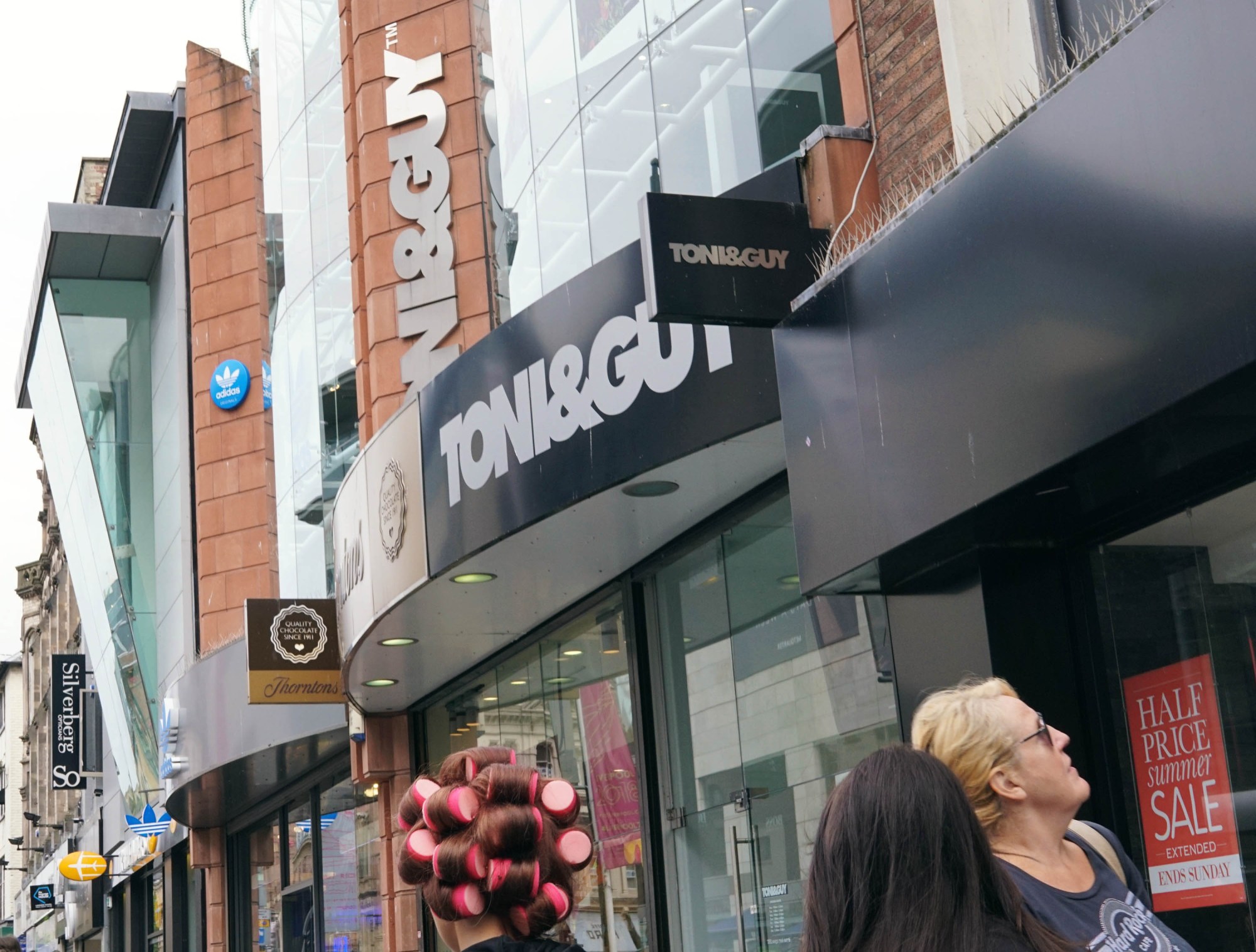
Credits
Photography Jermaine Francis
Special thanks Paul Owen
